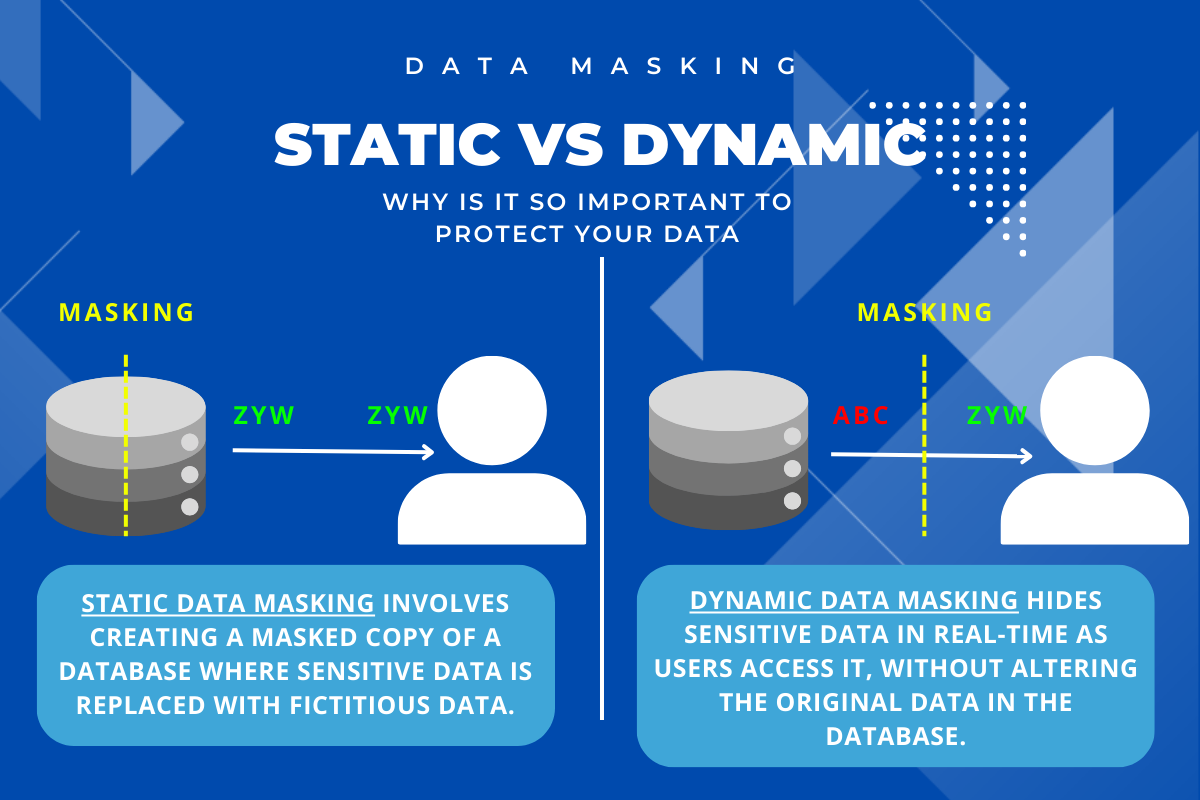What Is Static And Dynamic Data?
Static And Dynamic Data, Web Scraping, And Automated Data Collection Processes, In General, Have Changed The Nature Of Data Collection In Such A Way That It Solves Old Challenges But Brings With It New Problems.
Web scraping is using robots to extract content and data from a website. Web scraping extracts the underlying HTML code and the data stored in the database. The scraper can then replicate the entire website content elsewhere.
One of the advantages of automatic data collection is its dynamic selection. Because we can now gather unimaginable amounts of information in seconds, getting a specific sample is no longer a problem.
Additionally, in business, we often repeatedly look to the same sources to research the competition, brands, and anything related to the industry.
Data dynamics is an optimization problem. In cases where specific fields may not be updated frequently, or these changes are irrelevant to the use case, updating the data every time may not be necessary.
Static versus dynamic data
Static data can be defined in two ways. Static data is a type of data that does not change frequently. These sources include editorials, country or city names, descriptions of events and places, etc. A substantive news report is unlikely to change once published.
On the other hand, dynamic data is constantly changing, often due to external factors. Common active data types may be product price, stock count, number of reservations, etc.
Information items such as product descriptions, article titles, and commercial content fall between these two definitions and change with some frequency.
Whether this data falls into the static or dynamic data category depends on the intended use of this type of data. Projects, independent of the kind of data, will be more or less applicable to specific information sources.
For example, SEO tools may find less value in pricing data but want to update meta titles, descriptions, and many other attributes.
Pricing models, on the other hand, are rarely updated to describe products. It may be necessary to take it once for product matching. But if it’s updated for SEO purposes, there’s still no reason to revisit the description.
Mapping your data
Each data collection and analysis project will have its requirements. Returning to the pricing model example, two technical features are essential: product matching and pricing data.
Since any automated pricing system implementation requires precision, products must be matched with prices. Product mismatches and price changes can do a lot of damage to revenue, especially if price changes are not noticed.
Most matches happen through product titles, descriptions, and specifications. The first two often change. These changes are widespread on e-commerce platforms, where optimizing for keywords is an important ranking factor. However, they will not impact the ability to match the product identity because the fundamental characteristics will not change (for example, an iPhone will always be an iPhone).
As such, product descriptions and titles may be considered static data, even if they are somewhat dynamic data. For project purposes, changes in these data types are not nearly as impactful as to require continuous monitoring.
As may already be apparent, pricing data is constantly changing, but monitoring any changes as they occur is essential to the project. In this way, pricing data is undoubtedly considered dynamic data.
Reduce costs with data mapping.
Regardless of the integration method, internal or external, data collection and storage methods are costly. Additionally, most companies use cloud-based storage solutions, which can include all writes in the overall cost, meaning data refreshes reduce budgets.
Mapping data types (e.g., static or dynamic) can optimize data collection processes through multiple paths. First, pages can be classified as dormant, emotional, or a combination. While the first category may be somewhat shallow, it still shows that there is no need to visit those pages frequently.
Mixed pages may also make it easier to reduce writing and storage costs. Reducing the amount of data transferred from one location to another is an optimization, but it becomes more relevant when bandwidth, read/write, and storage costs are considered.
However, since scrapers usually download the entire HTML, each visit to the URL caches content as a whole in memory. With external providers, costs are typically allocated per request, so there is no difference between updating all data fields or only dynamic fields.
Downloading and updating a field with the same data every period increases write and storage costs for no good reason. However, in some applications, historical data collection may be necessary. A simple comparison function can be implemented that checks if anything has changed and only collects new data if it has.
In data collection by internal scrapers, all of the above still apply much more. Costs can be optimized by reducing unnecessary scraps, limiting the amount of text, and parsing only essential parts of HTML.


